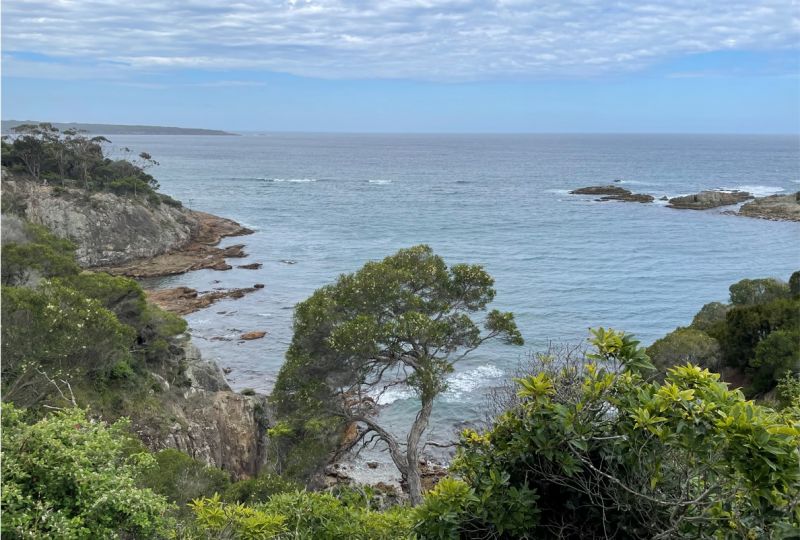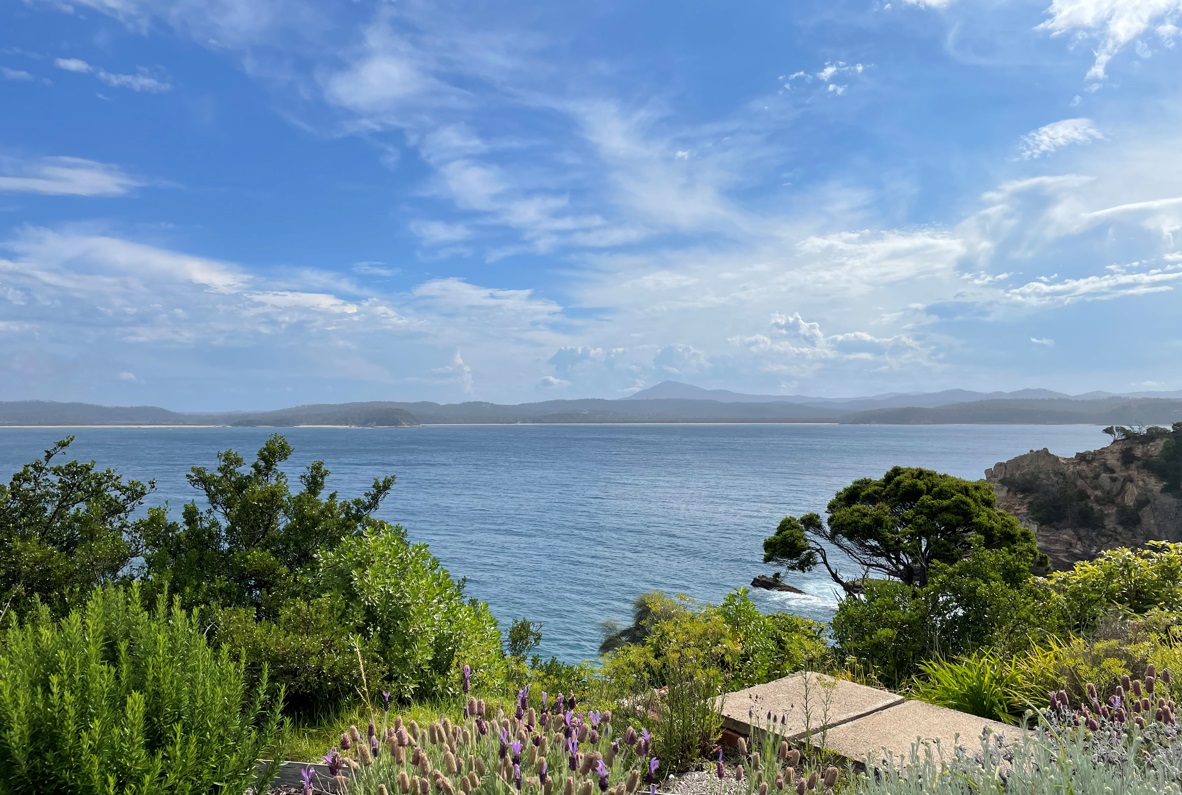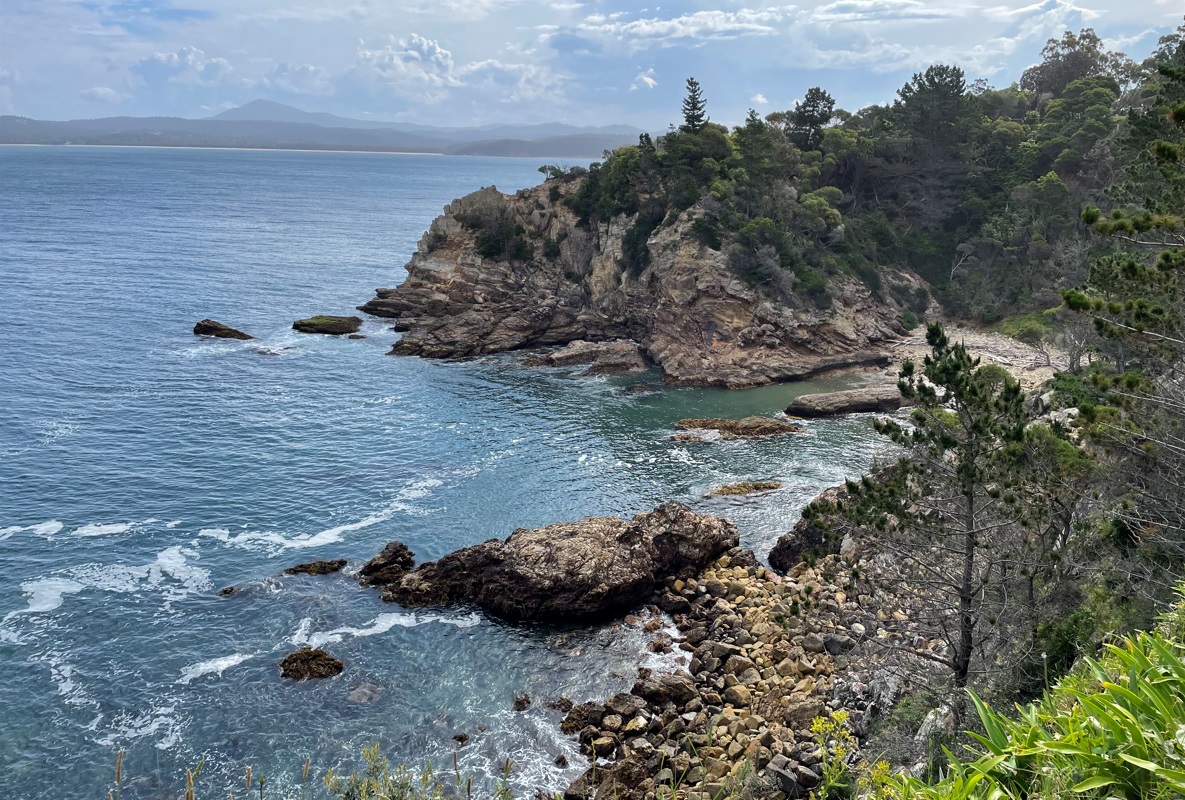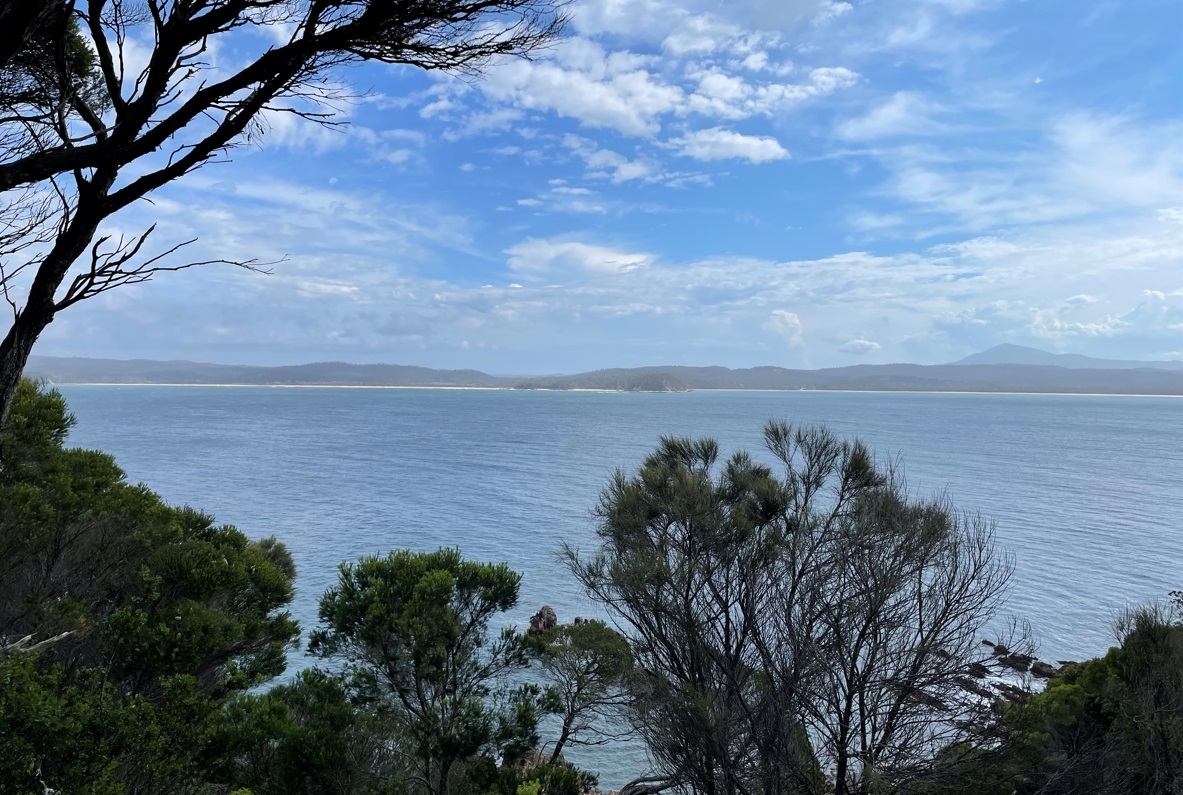Twofold Bay, located 500 km south of Sydney, can be considered the second historically significant place in Australia after Sydney’s Port Botany where Captain Cook landed in 1770. The most prominent explorers of the continent - George Bass (the strait between Australia and Tasmania is named after him) and Matthew Flinders (hundreds of places in Australia are named after him, and he gave the modern name to the continent) disembark from their ships here. In Twofold Bay, the travellers contacted the Australian aborigines - the Tawa tribe - for the first time in history.

Later, whalers settled in Twofold Bay and started whaling to get whale-oil and whalebone, which lasted from 1840 to 1930. Twofold Bay and its surroundings are usual habitats of southern whales, and here, these sea animals have long been hunted by killer whales (Orcinus orca). The aborigines taught the European settlers to hunt with the help of killer whales; the killer whales drove the whales into the bay, right into the hands of the whalers. People got whale-oil, whalebone and meat, and the rest was left to killer whales.
In the centre of Eden, there is its main attraction - the Eden Killer Whale Museum (the Old Tom Museum); Old Tom was the leader of a pod of killer whales and was able to ‘work in a team’ with people. Old Tom and four of its ‘comrades’ - Cooper, Jackson, Typee, Hooky and Humpy (the whalers distinguished the killer whales from each other by the shape of their dorsal fin) - herded baleen whales into Twofold Bay, to the Davidson family whaling station, and kept it there until the arrival of the boats with whalers, who finished the whaling.

The people and killer whales in Twofold Bay ‘worked’ together for over 10 years, but in September 1930, fishermen found Old Tom dead near the Davidson Station. Old Tom had lived his whole life next to people and “travelled here to die next to them,” they say in the museum. After Old Tom’s death, killer whales were never seen again in Twofold Bay, and without them, whaling began to fade away and quickly disappeared, and later on, Australia completely banned whaling in its waters. Old Tom’s bones were preserved and his skeleton has been on display in the Eden Killer Whale Museum for almost a century.
Twofold Bay is also famous as the expedition led by Lord Glenarvan, crossing the Australian continent at the 37th latitude, was supposed to meet the Duncan ship in this Bay. At least, Jules Verne planned this meeting in his novel In Search of the Castaways or, The Children of Captain Grant. However, they did not meet because the travellers fell asleep on the raft and the east wind carried them out to sea towards New Zealand.

The town stretching around Twofold Bay resembles a fishing village, calm in an Australian-style and even a little ‘sleepy’. It is the most remote place where everyone you meet greets you with the famous “G-day, mate!” (Good afternoon, buddy!). The name of the town is Eden, which means ‘Paradise’, but its name has nothing to do with the Garden of Eden. The town was named after Earl George Eden, the first head of Auckland in New South Wales. However, they almost don’t remember anything about the Earl in the town of Eden, but they played the biblical word as they could, and of course, there was the Tree of Knowledge (lignum vitae) in the town, although the its ‘apple’ turned out to be sour.
The Eden people now live by fishing and tourism. Visitors are very welcomed in the town and there are small cozy hotels with a beautiful view of the Bay all year round. From early September to late November, humpback whales come here and the tourists are asked not to be frightened by the sound of alarm. This sound is the invitation to the nearest viewing deck to watch the majestic giants entering the Twofold Bay and making fountains, it looks like sailing ships once slowly entered the harbour.
There are also large oyster farms around the town selling fresh oysters for A$10 per dozen, and 100 km to the north, there is the largest and best cheese factory in Australia.


